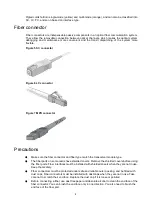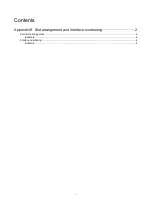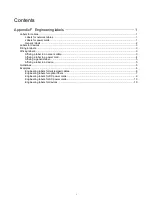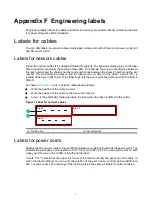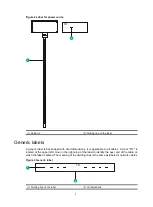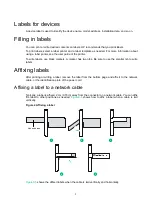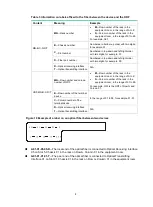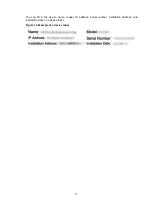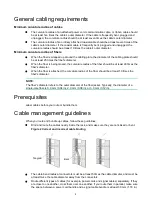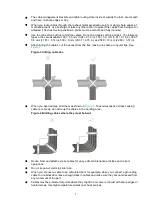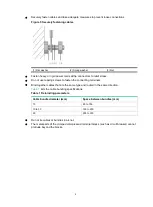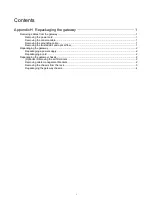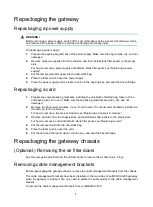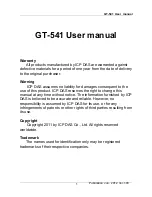
7
For the terminal end
—Ethernet port number of the terminal.
Figure 9 Example of a label on a twisted-pair cable
•
A01-03-10-05
—The local end of the twisted-pair cable is connected to Ethernet Port 05, Slot 10,
Chassis 03 of the rack on Row A, Column 01 in the equipment room.
•
B02-03-12
—The peer end of the twisted-pair cable is connected to Ethernet Port 12, Chassis
03 of the rack on Row B, Column 02 in the equipment room.
Engineering labels for optical fibers
These labels are affixed to optical fibers that connect the fiber ports on the cards in a chassis, or
connect fiber ports on box-type devices. There are two types of labels for optical fibers: labels for a
fiber that connects the fiber ports on two devices, labels for a fiber that connects the device and the
optical distribution frame (ODF).
•
Labels for the fiber that connects two devices
Table 2 Information on labels affixed to the fiber between two devices
Content
Meaning
Example
MN-B-C-D-R/T
MN
—Rack number
•
M
—Row number of the rack in the
equipment room, in the range of A to Z.
•
N
—Column number of the rack in the
equipment room, in the range of 01 to
99.
For example, A01.
B
—Chassis number
Numbered in top-down order with two digits,
for example, 01
C
—Slot number
Numbered in top-down and left-right order
with two digits, for example, 01.
D
—Fiber port number
Numbered in top-down and left-right order
with two digits, for example, 05.
R
—Optical receiving interface
T
—Optical transmitting interface
N/A
MN-B-C-D-R/T
MN
—Rack number
The meanings are the same as above. If the
local device and the peer device are not in the
same equipment room, MN can be the name
of the equipment room.
B
—Chassis number
C
—Slot number
D
—Fiber port number
R
—Optical receiving interface
T
—Optical transmitting interface
N/A
•
Labels for the fiber that connects the device and the ODF
TO:
B0
2
03
12
A 0 1
0 3
1 0
0 5

